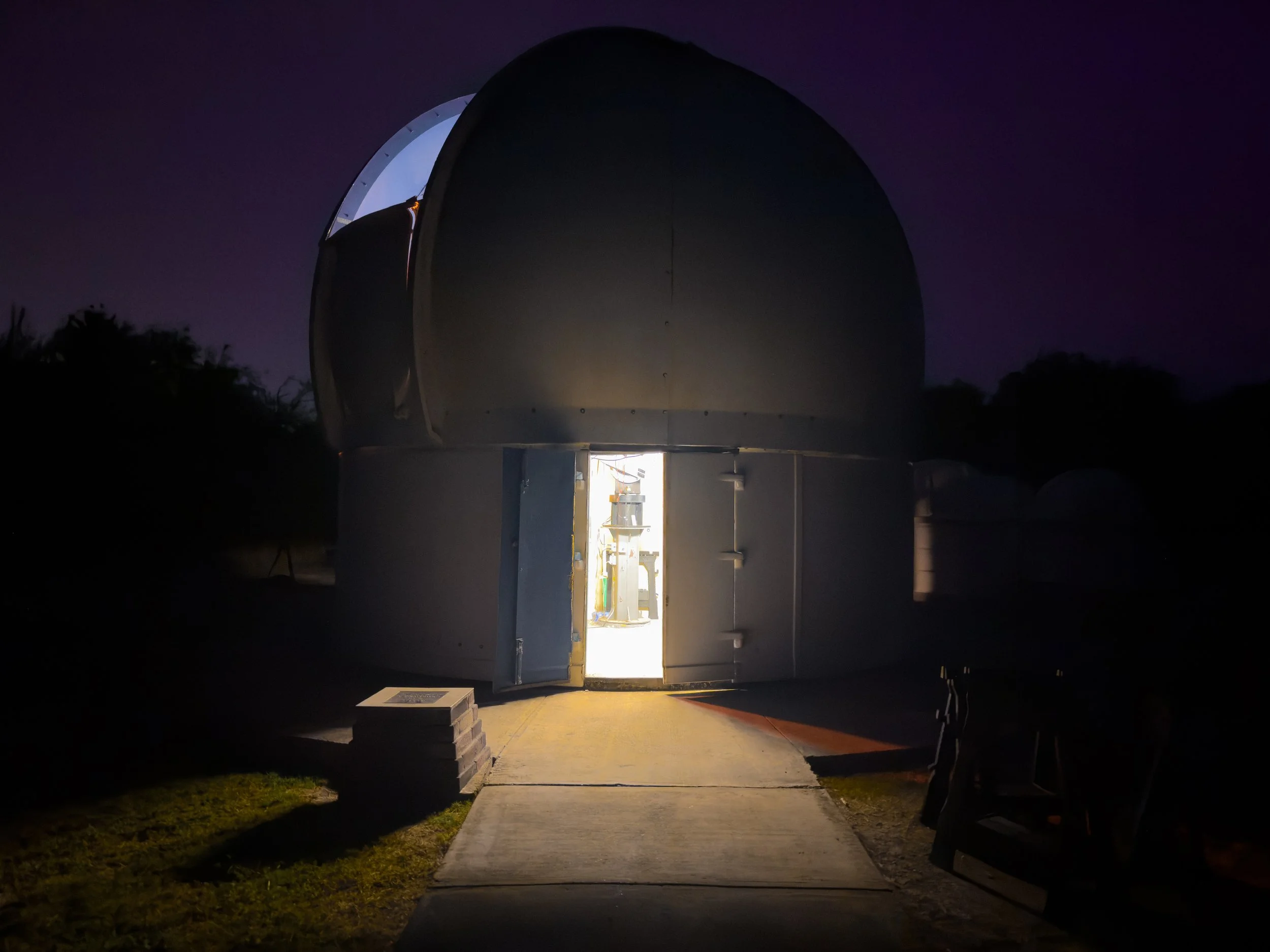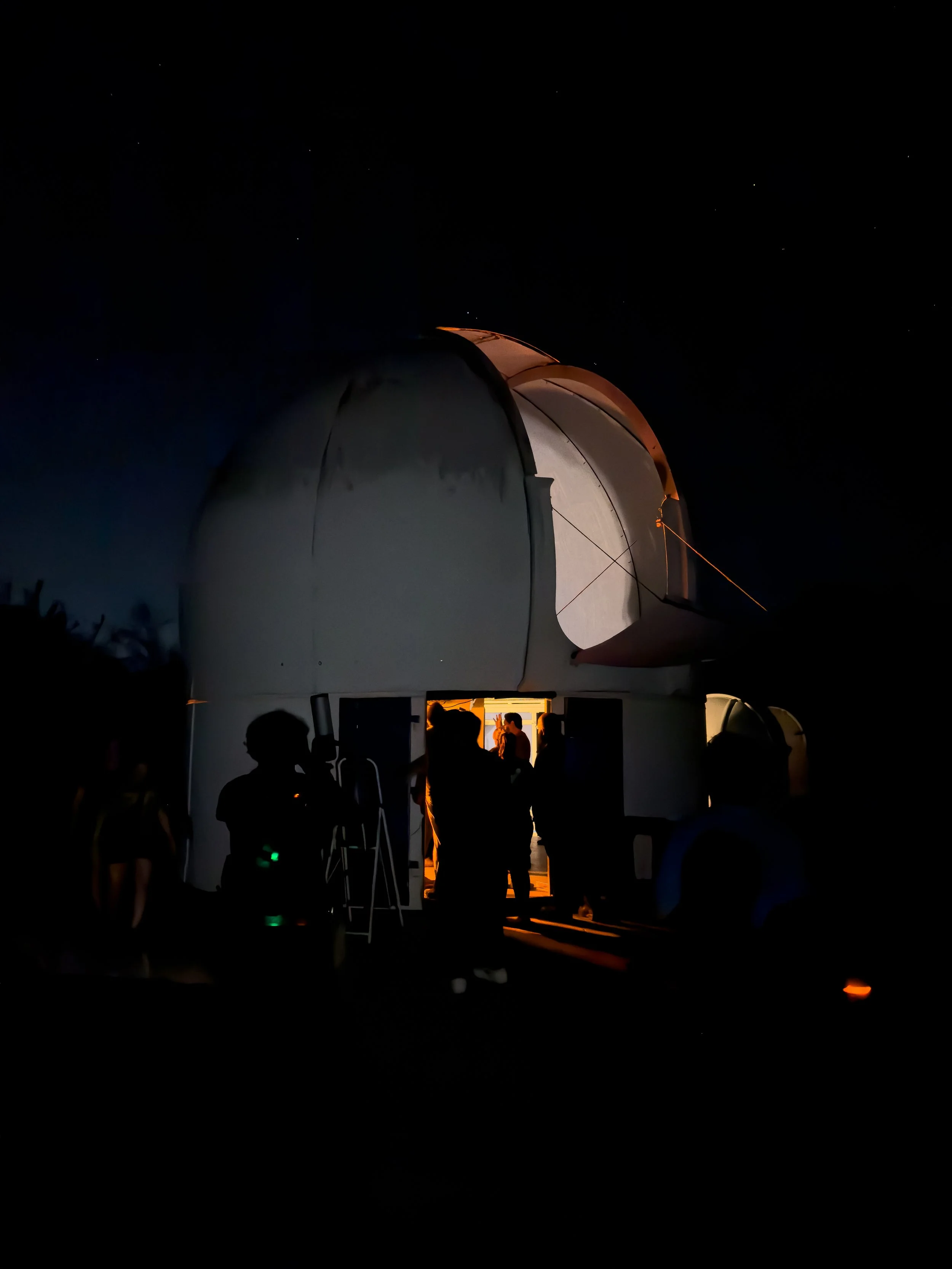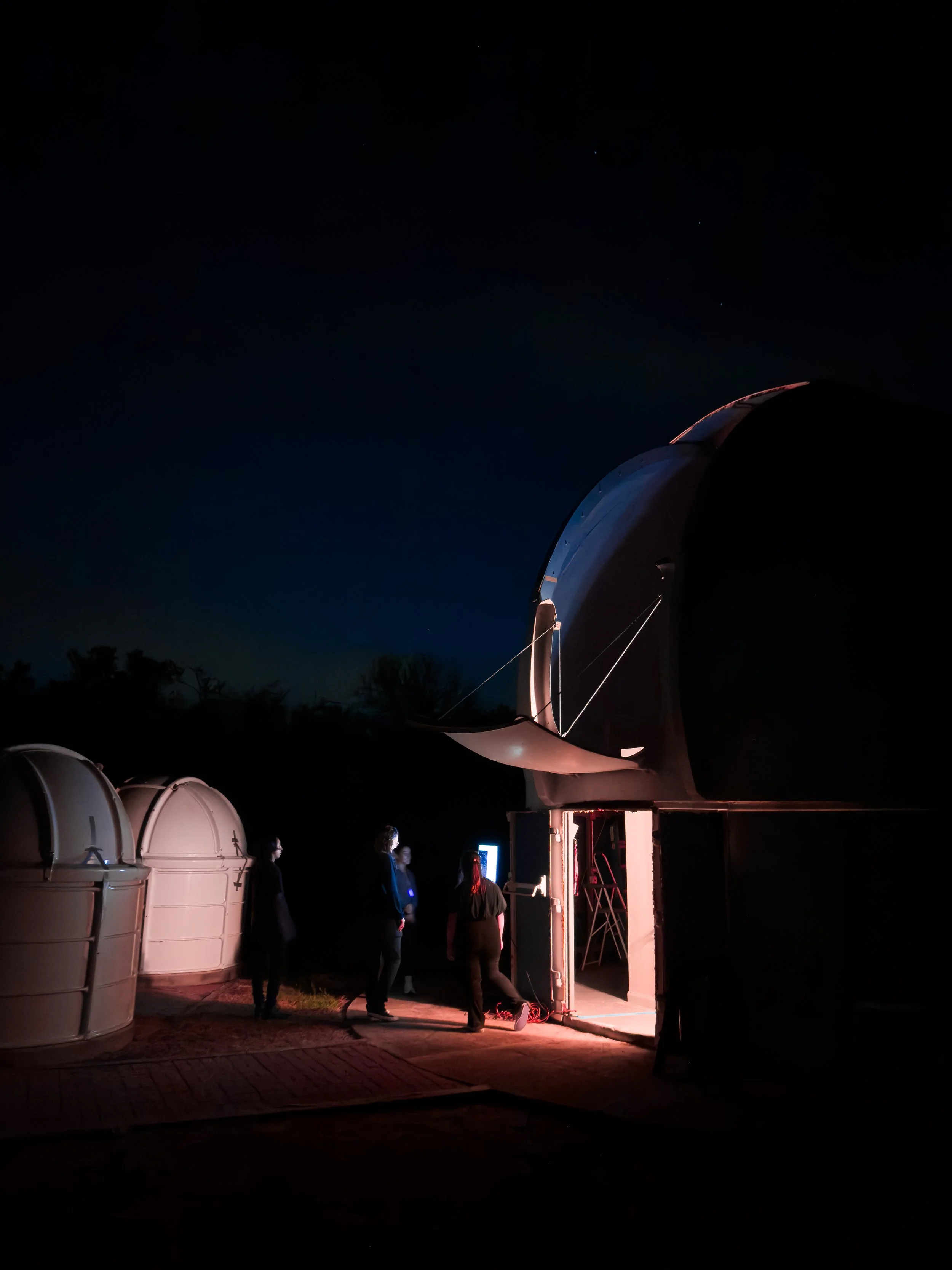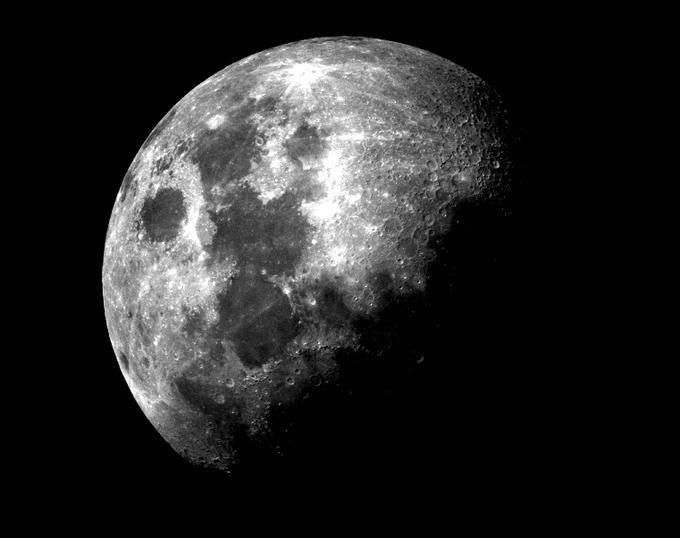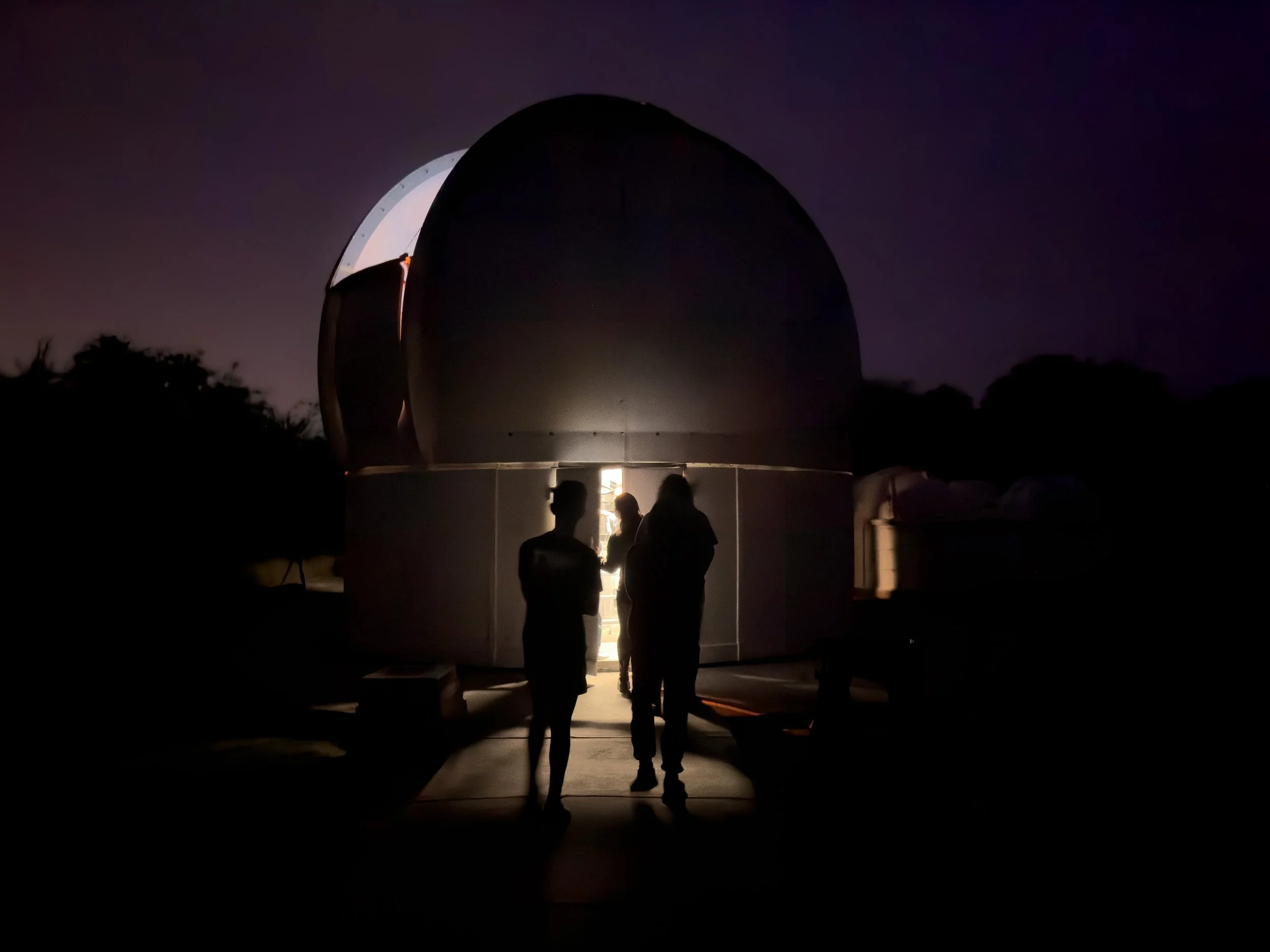
Dr. Cristina V. Torres
Memorial Astronomical Observatory
The Dr. Cristina V. Torres Memorial Astronomical Observatory, or “CTMO”, is the primary optical astronomical facility in the Rio Grande Valley.
The observatory saw first light in 2008 on the campus grounds of the University of Texas at Brownsville (now the University of Texas – Rio Grande Valley).
As the city’s growing light pollution became an issue for night sky observation, the facility was taken apart and rebuilt at its current home amongst the diverse wildlife at Resaca de la Palma State Park in northern Brownsville.
CTMO is operated by members of the Time Domain Astronomy Group at the Center for Gravitational Wave Astronomy (CGWA) under the direction of Dr. Mario Díaz.
The observatory’s system consists of a CDK 17-inch PlaneWave reflector telescope and ProLine monochromatic CCD camera for capturing astronomical imagery. Observational time-domain projects at CTMO include:
Asteroid Tracking: Rocky bodies orbiting the sun that sometimes pass within the range considered as “near-Earth”.
Binary & Variable Stars: Star that change in brightness for various reasons, including pulsation (changing in size and luminosity over time) and eclipsing binaries (one star passing in front of the other in a double-star system).
Exoplanet Transients: Planets orbiting stars that are not in our own Solar System; when these exoplanets pass in front of their home star, the light traveling to Earth from that star experiences a noticeable decrease.
Supernovae: Bright and powerful explosions that occur at the last stages of the evolutionary life cycle of stars.
Another type of transient event observed at CTMO is kilonovae, the visible remnant of explosions that follow the violent merger of two neutron stars. These catastrophic collisions produce ripples in the fabric of space-time called gravitational waves, which are detected by the Laser Interferometer Gravitational-wave Observatory (LIGO). UTRGV’s Center for Gravitational Wave Astronomy has been part of the LIGO Scientific Collaboration since 1999.
Though CTMO is primarily utilized for research, education and public outreach have been a core value at CTMO since its opening. Through public and private fundraising, CGWA generates opportunities for local students and educators to use the facility as an experience-based learning tool.
Additionally, CTMO opens its doors to the public on several occasions throughout the year so that the community may experience the beauty of the cosmos first-hand. By cultivating interest in astronomy and space science, CTMO and partner organizations such as STARS hope to inspire the next generation of explorers in the Rio Grande Valley.
gateway to the cosmos
CTMO GALLERY
The Moon
La Luna
The Orion Nebula
M42
The Pinwheel Galaxy
M101
Comet NEOWISE
C/2020 F3
The Whirlpool Galaxy
M51
The Eagle Nebula
M16 - Pillars of Creation
The Sombrero Galaxy
M104
The White Rose Cluster
Open Star Cluster

REMEMBERING DR.CRISTINA V. TORRES
Dr. Cristina V. Torres was a physicist, educator, and passionate advocate for science education in the Rio Grande Valley. A native of the region, she began her academic journey at what is now the University of Texas Rio Grande Valley (UTRGV), where her potential in physics was first recognized. With determination and resilience, she earned her Ph.D. and returned to UTRGV as a research assistant professor in the Department of Physics and Astronomy.
Dr. Torres was known for her dedication to mentoring students, especially those from underrepresented backgrounds in STEM. Her teaching emphasized not only scientific understanding but also curiosity, empowerment, and the belief that “every problem has a solution.”
Dr.Mario Diaz, Professor of Physics at UTRGV
“She tried to make life better, and her approach was to do that through science… It made sense to rechristen the Nompuewenu Observatory… to commemorate her courage, resilience and drive.”


